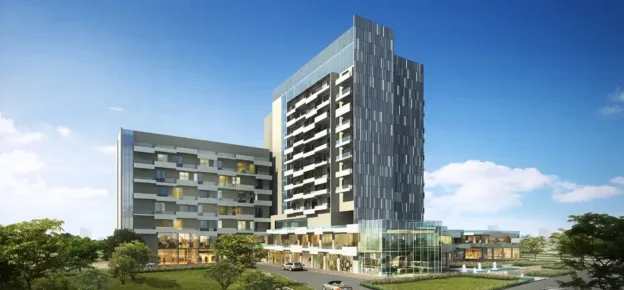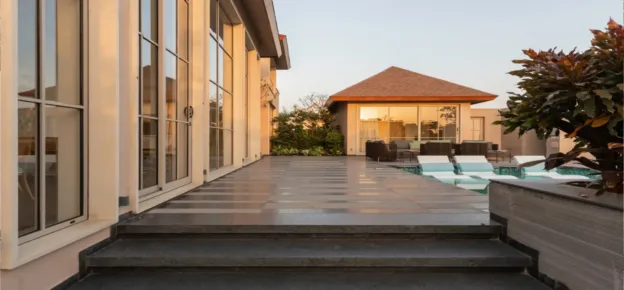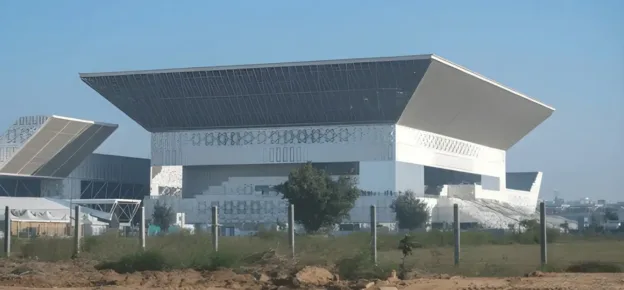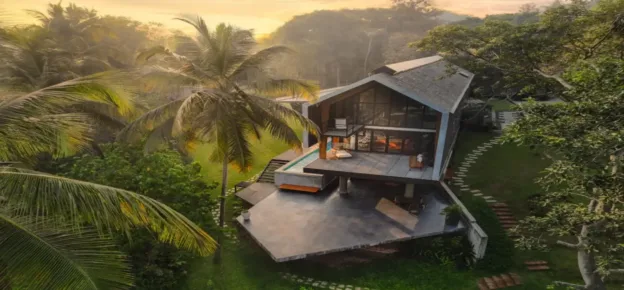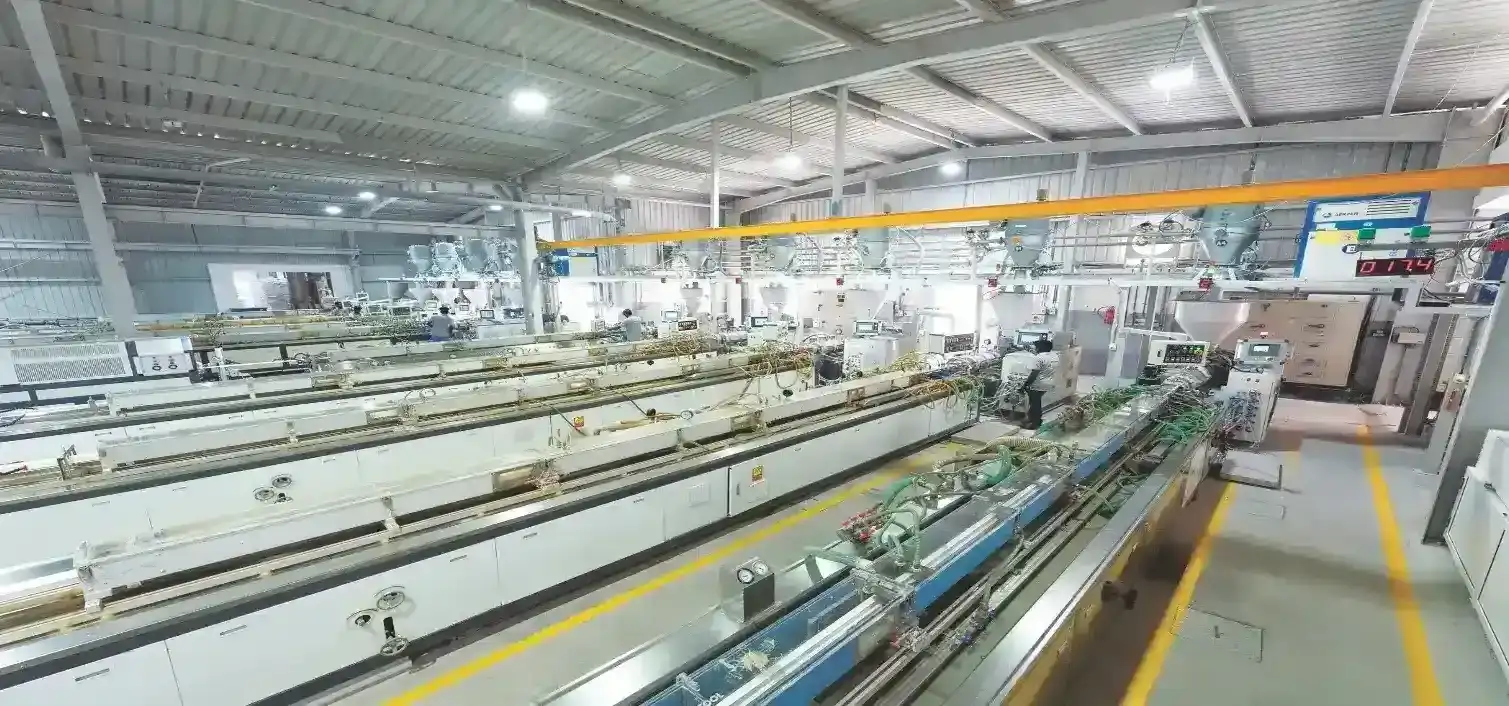The best type of glass for each building will depend on the specific project requirements. For example, a unitized curtain wall may be the best option for a high-rise building due to its prefabricated panels that can be easily installed on-site. For a project with a complex façade design, point-supported glass façades may be the best option as they offer greater design flexibility. Low-emissivity (Low-E) glass is often used for energy efficiency, while laminated glass can improve safety and security.
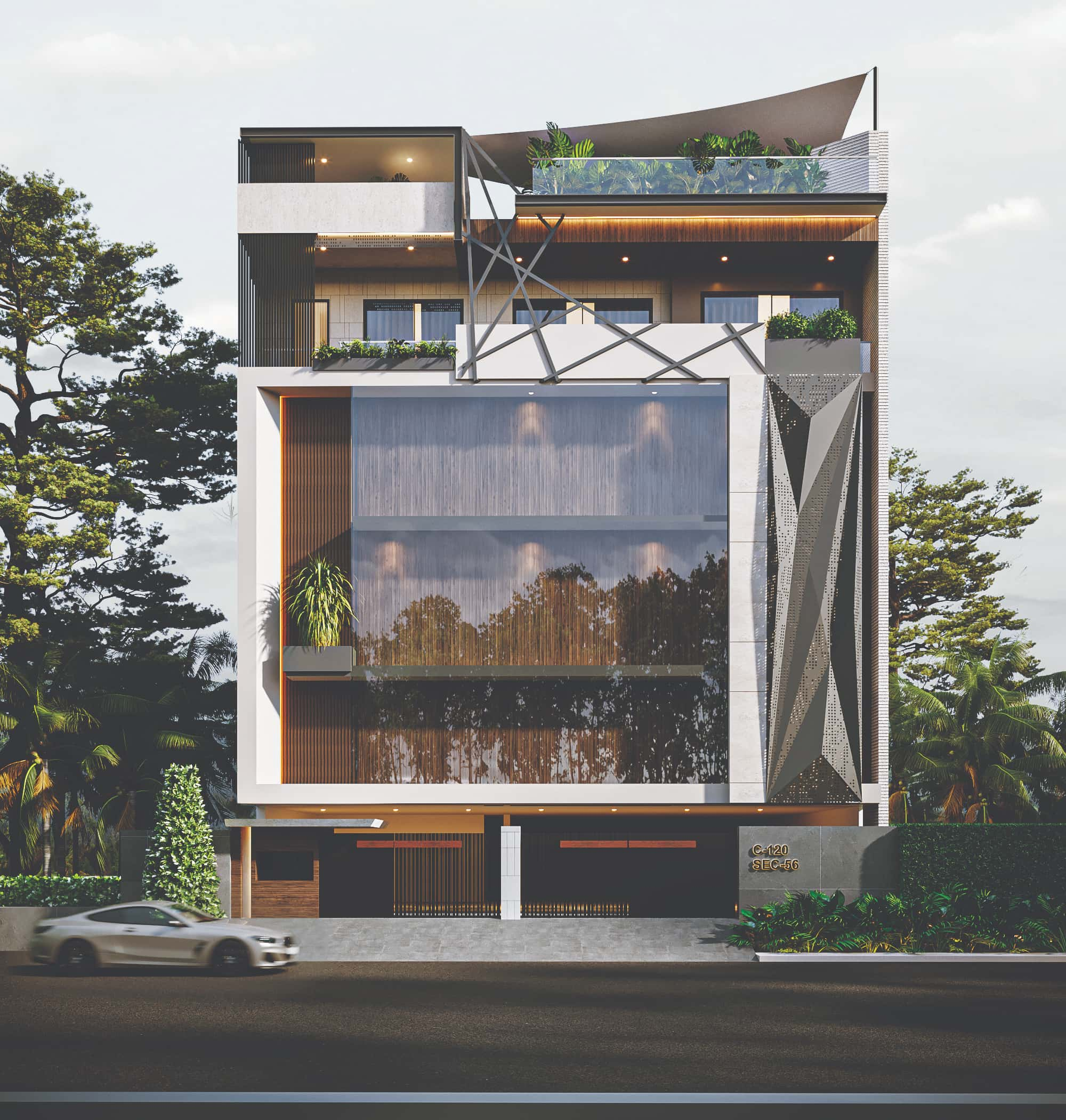
Performance Requirements Of Glass Façades
Glass façades can be designed to meet specific performance requirements through several design strategies. For thermal insulation, the double or triple-pane glass can be used with low-emissivity coatings and gas fills to reduce heat transfer. The sound reduction can be achieved through the use of laminated glass with acoustic interlayers. For solar control, use tinted or reflective glass, shading devices, or apply a solar control film to the glass. Additionally, the orientation of the building and the placement of the glazings can also impact their performance. By carefully considering these design strategies, glass façades can be tailored to meet the specific performance requirements of a project.
Pros & Cons Of Glass Façade Buildings
Environmental and sustainability issues associated with glass façades include increased energy consumption, the carbon footprint associated with glass production, and the potential for bird collisions. Mitigation strategies include selecting high-quality glass with good thermal properties, incorporating shading devices, and incorporating bird-friendly designs into the façade.
Pros:
- Abundant natural light and panoramic views of the surrounding environment create a pleasant and open atmosphere.
- High thermal insulation reduces energy consumption.
- High-quality glass is durable and able to withstand extreme weather conditions
- The aesthetic appeal.
Cons:
- Requires regular maintenance and cleaning to retain their aesthetics.
- Glare and heat gain of glass façades lead to discomfort and higher energy consumption.
- Pose a safety risk if they are not installed properly.
- Not strong enough to withstand extreme weather conditions.
- Lack of privacy.

Glass Façade Designs Of The Future
In the future, I would love to see more smart glass façades that could adjust their transparency and shading properties in response to changing weather and light conditions. Another interesting development could be the incorporation of biophilic design principles into glass façades, such as incorporating natural elements and greenery to create a more sustainable and visually appealing building envelope.
One can keep oneself updated on the latest glass products in the market through several trade shows and exhibitions that focus on glass products and technologies. Other options are to conduct research online, read industry publications, and browse manufacturers’ websites. It is also essential to maintain professional development and continuing education to stay up to the minute with emerging trends and technologies in the field of building design and construction. Networking and building relationships with glass suppliers and manufacturers also become crucial to keep updated on new products and technologies.






